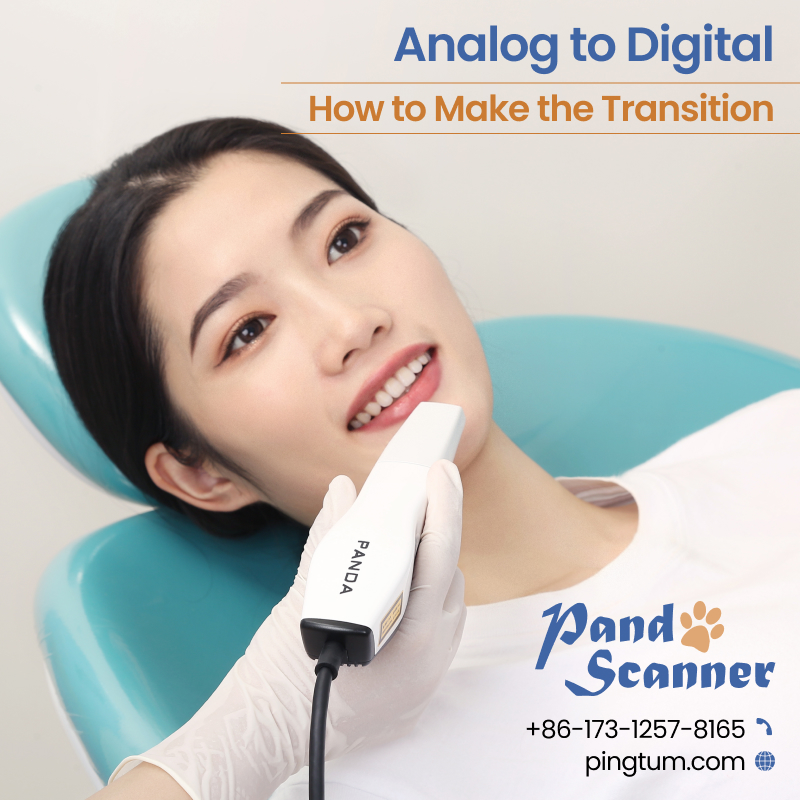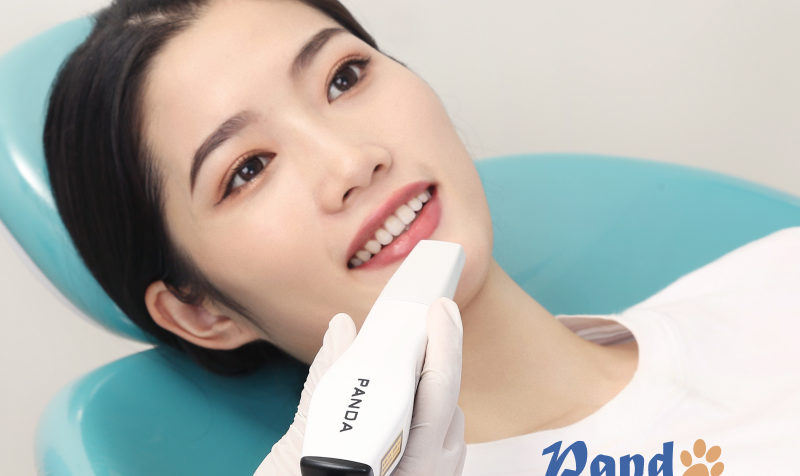It is an inescapable truth that the future of dentistry is digital. As more cutting-edge technologies emerge and become a part of digital dentistry, namely in areas of diagnosis, impressions, design, planning, 3D printing and treatment, the cost has come within reach. These technologies are no longer prohibitively expensive but are being increasingly adopted by thousands of dental clinics and labs worldwide. With CAD/CAM-based solutions replacing traditional workflows, they are becoming the standard of dental care. So, what are the advantages of going digital? How to make the transition from analog to digital? Let us find out.

Why go the digital way?
There are a few compelling reasons to embrace change in the form of digital technologies in dentistry as mentioned below:
High precision: As with any kind of treatment, dentistry too can have its share of errors creep in with dentists going the whole hog using manual methods. Even if each treatment is tailored according to the unique patient case, ensuring high-quality treatment without errors can be a difficult proposition. However, digital dentistry can reduce risks associated with human factors, and offer accuracy, higher consistency, and precision at every stage of the diagnosis and treatment process. For instance, a China intraoral scanner takes away many variables that are related to taking impressions the conventional way.
It offers accurate and high-quality data for the dentist to analyze and identify any underlying dental issues. CAD/CAM technologies give the added benefit of automating certain stages in the workflow to facilitate quick diagnosis. Further, digital technology solutions in the form of milling machines or 3D printers can deliver a large quantum of high-quality and best-fit prosthetics. Such acceptance of dental practices by dentists and labs can help lower the cost of treatment as well as deliver superior patient experiences.
Improved efficiency: Digital technologies such as a China intraoral scanner can improve efficiency in dental workflows by reducing time and cost. In a dental clinic, saving time on routine tasks can result in shorter appointments, better throughput, and improved patient experience. By taking easy and quick 3D dental impressions, dentists can reduce chair time for patients, cut the cost of materials by not shifting them to the dental laboratory, and reduce labor. Also, manual errors such as bubbles, voids, and tears can be reduced thereby eliminating the need for duplicate or secondary impressions. Digital design can increase the productivity of the technician and minimize hands-on work, which, in turn, can lead to fewer mistakes, streamlined production, lesser remakes, and reduced time per unit. CAD solutions are powerful enough to enable the designing of restorations and digital devices. Further, the models of patients’ teeth can be produced quickly from digital impressions using 3D printers.
Better patient experience: One of the important outcomes of applying digital technologies is improved patient comfort and experience. A satisfied patient is likely to recommend the dental clinic to others and return leading to the long-term success of the clinic. Digital technologies help improve the dental workflow, right from diagnosis to treatment. A China intraoral scanner is less invasive, more accurate and consistent, and faster in generating scan, which can then be shared with the dental labs. This makes for speedier treatments, higher acceptance rates for prosthetics, and fewer visits. In short, better clinical outcomes.
Conclusion
The dental ecosystem is changing rapidly with the advent of digital technologies. If dental labs and clinics do not adopt these technologies, they risk falling back in competition and losing business to others.






